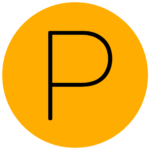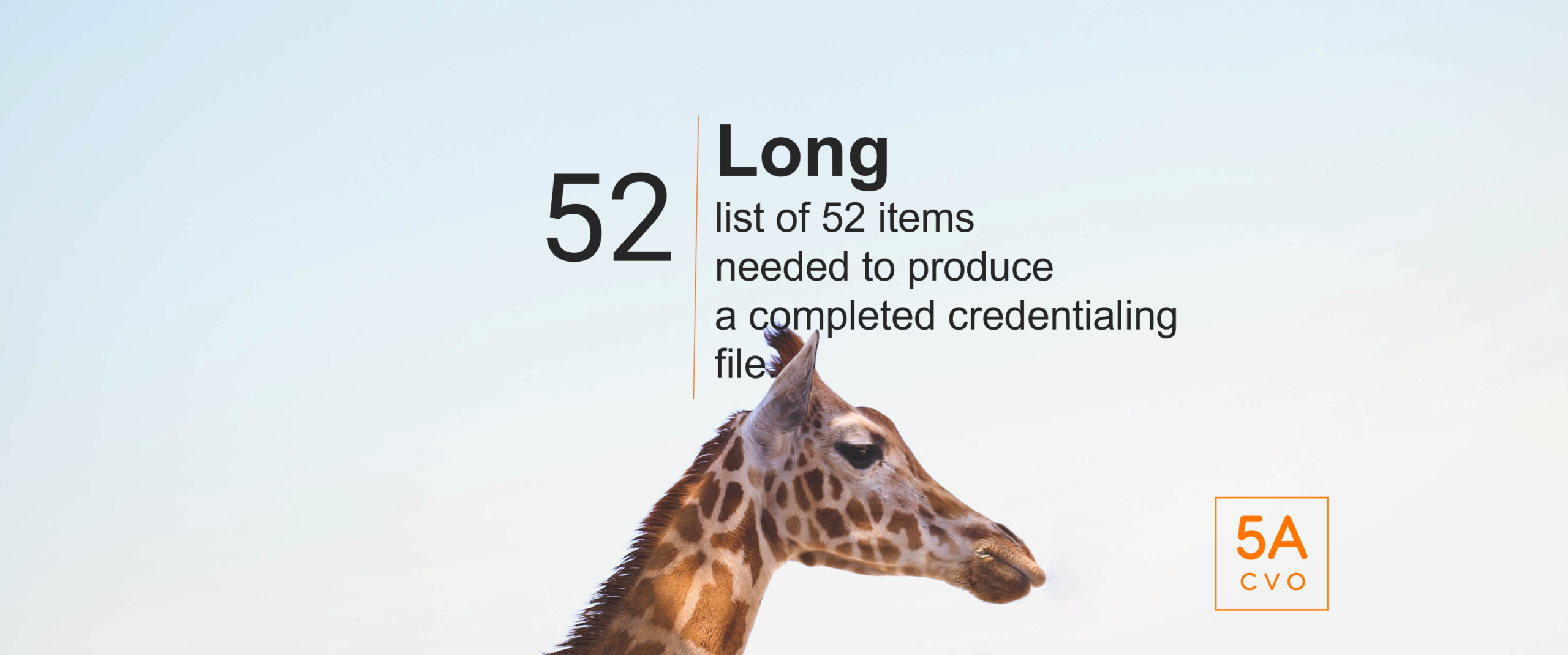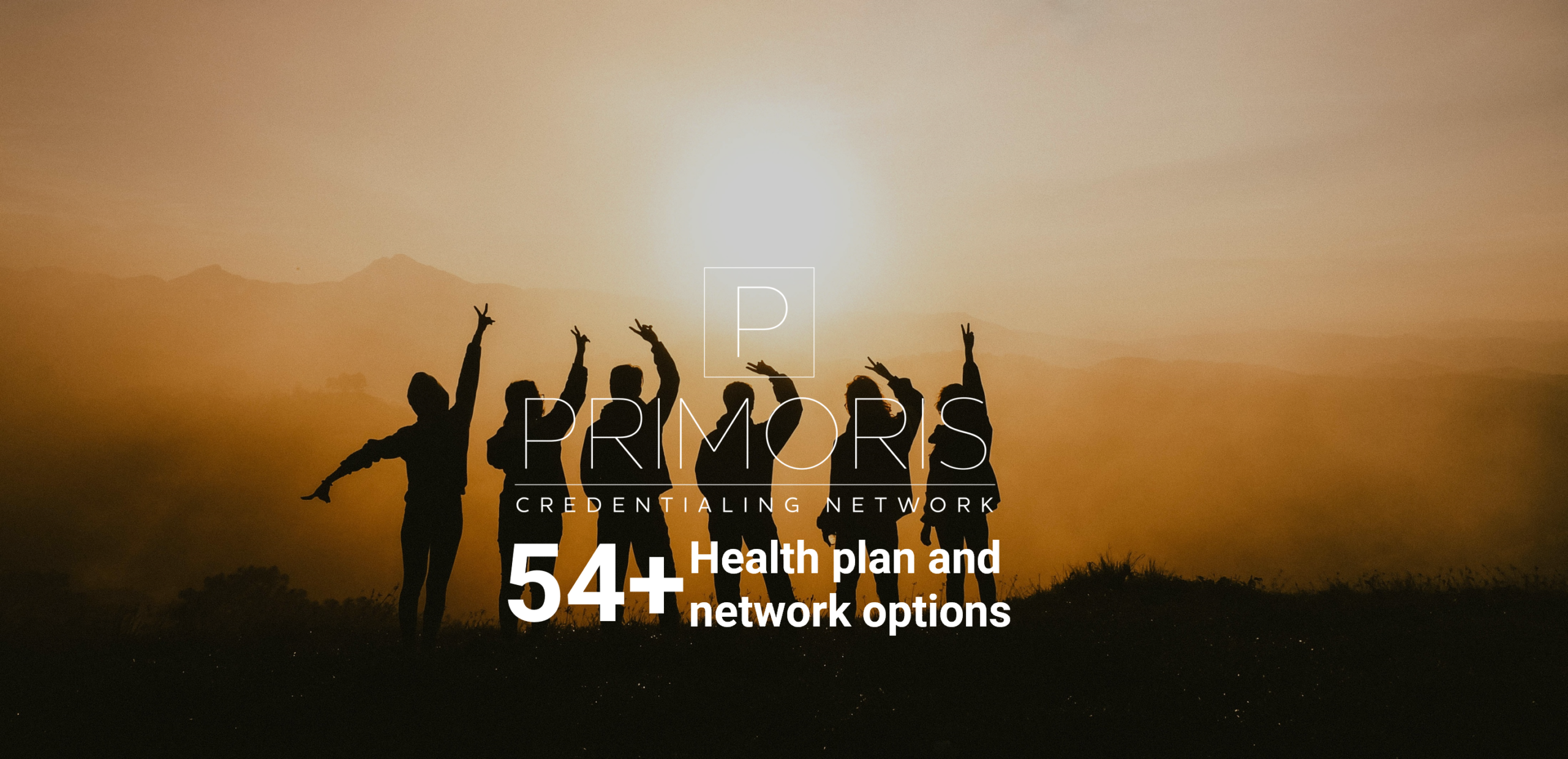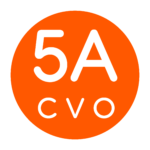Provider enrollment, or payer enrollment, is when providers apply for and contract with health plans, networks, Medicare, and Medicaid. This allows them to bill and receive payment for services properly. There are three main stages to provider enrollment, including the credentialing stage, the payor application stage, and finally, the contracting stage.
Provider enrollment is a complex, multi-step process that medical providers must undergo. The procedure includes the traditional credentialing process (52+ steps), often requiring information to go back and forth between the payer and provider. Collaborating with an expert in this field can be beneficial to navigating the complexities of applications, policies, and regulations that are different based on state, specialty, health plan, and network.
For example, the state of Oklahoma’s OHCA Policies and Rules is fifty chapters long. The guidelines governing getting and staying credentialed as a provider are buried within that policy. Similar policies and rules differ by state, plan, and network, illustrating the intricate enrollment process.

There are three stages to the provider enrollment process:
- Primary Source Verification of a Provider’s Credentials
- Payor Application Process
- Contracting Process
Below is an overview of each of these steps.
Stage 1: Primary Source Verification
Primary Source Verification (PSV) is necessary for every healthcare provider seeking to be enrolled in any health plan or network option. Insurance companies do not want unverified providers on their plans, which would present a tremendous risk of financial costs in claims and litigation. Credentialing can identify providers considered unqualified to treat patients, potentially decreasing patient injuries and deaths and claims and lawsuits.
Conventional credentialing typically involves 52+ action steps that must occur before a file is ready for presentation.
52 conventional credentialing steps include:
- Sending out, tracking, and receiving the provider application packet.
- Obtaining the provider’s release.
- Getting the privilege forms.
- Reviewing the disclosure’s questions and answers.
- Evaluating the explanations of time gaps and claims history.
- Assessing medical malpractice claims history.
- Acquiring applicable certificate copies of Board, ECFMG, Medical School, Internship, Residency, Fellowship, and two years CME.
- Obtaining copies of government-issued photo ID, Malpractice, DEA, and CDS.
- Getting CPR, ACLS, and PALS certificate copies.
- Acquiring TB, MMR, varicella, and flu vaccination records.
- Attesting any conflict of interest.
- Collecting a provider release and ordering a criminal background check.
- Obtaining an Allied Health Professional’s Supervising Physician’s Statement.
- Verifying Board certification.
- Reviewing and confirming AMA and AOA Profile.
- Authenticating medical school internship, residency, fellowship, and affiliations.
- Confirming state medical licensure.
- Obtaining professional peer references.
- Gathering current medical malpractice claims history.
- Researching primary and out-of-state licenses for disciplinary actions.
- Verifying DEA certification.
- Verifying CDS certification (if applicable).
- Obtaining a copy of the provider’s current certificate of insurance.
- Confirming any Medicare and Medicaid sanctions (OIG) and exclusions (SAM).
- Performing an extensive 10-year criminal background check.
- Running a National Practitioner Data Bank query.
Credentialing alone is a lengthy step in the provider enrollment process. Primoris collaborates with its sister company, 5ACVO, to shorten this step from 52 conventional credentialing steps to 6 simple steps.
Stage 2: Payor Enrollment Application
Each health plan, including Medicare, has its application process. Like enrollment policies, applications can vary based on state, health plan, network, and area of practice. Learning how to apply with any payor can be frustrating and time-consuming. Applying to multiple payors per provider can drain resources, time, and energy and increase costs that could be better spent on helping patients or running a provider’s practice.
Primoris can aid providers through this crucial stage by fully administering the application process and applying to 25+ delegated health plans and networks via ONE application. Another 25+ non-delegated health plan and network options allow providers to begin billing and see patients sooner than the traditional application process.
Delegated contracts allow Primoris to use ONE application to enroll a provider much faster than the traditional method of sending an application to each health plan.
Primoris is delegated by most major plans, including:
- Access Health Services
- Aetna
- Beech Street
- CareWorks
- Choctaw Nation
- Coventry Health Care
- Evolutions Healthcare Systems
- First Health
- Fortified Provider Network
- Friday Health Plans
- Galaxy Health Network
- Generations Healthcare Network
- GlobalHealth
- Healthcare Highways
- HealthSmart
- Humana
- Humana Military | Tricare
- Longevity Health Plan
- Medica
- MultiPlan
- Oklahoma Complete Health
- Prime Health Services
- Sedgwick
- United Healthcare
- USA Managed Care Organization
- WellCare
- WellFirst health
- Zelis
Primoris also works well with non-delegated contracts, having developed a depth of experience and expertise with payors, including:
- Assured Benefits Administration
- BlueCross BlueShield of Oklahoma
- CareATC
- Cherokee Nation
- Cigna
- CommunityCare
- Corporate Remedies
- CorVel
- HealthChoice
- Indian Health Service
- Integris Health
- Medicare
- Medicare for Railroad Workers
- State of Oklahoma
- Oklahoma Corrections
- Oklahoma Rehabilitation Services
- OSMA Health
- Community Care Preferred Community Choice PPO
- TRICARE
- TriWest Healthcare Alliance
- US Department of Veterans Affairs – Veterans Health Administration
- WorkNet CommunityCare
Primoris has built relationships with these companies to maximize efficiency in the enrollment process to best assist providers in seeing patients as soon as possible. These arrangements can benefit providers no matter the contract type.
Primoris provides ONE point of contact for delegated and non-delegated enrollment to assist providers further. Providers and administrators need only maintain ONE email address and ONE phone number. Just contacting the right people can often be tricky. Attempting to contact multiple people can be a hassle. Primoris strives to keep it as simple as possible.
Stage 3: Contracting
After the primary source verification and plan application stages, the plan sends a contract to the provider to review and sign. The plan countersigns the agreement once the provider approves the terms and signs the contract. When contracting is complete, the plan completes the loading process and sets a date for the provider to begin accepting covered patients and billing.
The same general process is repeated for each payor, including Medicare and Medicaid. Having someone with experience aid the provider in the Medicare and Medicaid application process is helpful. Medicare enrollment can be elaborate and lengthy. Simple mistakes can be costly and delay enrollment and billing.
Primoris is backed by 385+ years of combined industry experience. This knowledgeable team has the experience and expertise to efficiently deliver a smarter, simpler, and better enrollment experience. The Primoris team offers providers the efficiency demanded in today’s hectic world by streamlining the provider enrollment process. Enrolling providers more efficiently than the traditional method means providers can see patients sooner and begin billing faster than the conventional enrollment timelines.
Benefits of Outsourcing Provider Enrollment
Outsourcing provider enrollment to Primoris Credentialing Network can help providers and their practices attain a swifter turnaround so billing can begin. Medical practices can change how they do business when outsourcing provider enrollment.
Partnering with Primoris can reduce a variety of typical provider headaches.
- Primoris partnership can reduce your workload.
- Primoris partnership can reduce your costs.
- Primoris partnership can reduce delays.
Partnering with Primoris can provide positive results.
- Primoris partnership provides resources.
- Primoris partnership provides you with more control.
- Primoris partnership provides options.
- Primoris partnership provides peace of mind.
Primoris reduces your workload.
Primoris’ sister company, 5ACVO, simplifies the primary source verification aspect of the credentialing process, reducing the number of conventional credentialing steps from 52 down to 6 simple steps. Additionally, their single application and point of contact saves office staff the hassle of completing multiple applications and having to call or email more than one person. This brand of administrative simplicity can free staff to focus on more important work.
Primoris reduces your costs.
Outsourcing provider enrollment can save a provider $29,000 a year. These cost savings can make or break a practice during these troubling economic times. Providers and practices can lose more money if mistakes are made during the process. Plus, office staff will have to enroll providers on work time instead of performing other tasks that can improve a practice’s fortunes.
Primoris reduces costly delays.
Provider enrollment can take up to 3 months or longer if office staff members make mistakes. Outsourcing provider enrollment can mitigate errors. One mistake can halt the entire process since provider enrollment is a meticulous operation. This pause can cost providers time and money. Hiring experts can minimize the risk of blunders finishing the process faster.
Primoris provides you with resources.
Primoris can present a complete set of resources that expedite provider enrollment. These resources can remarkably streamline workflows and slash expenses:
- ONE experienced team with 385+ years of industry experience.
- ONE point of contact for support.
- ONE secure web portal to manage every step.
A company like Primoris is focused on provider enrollment. Primoris provides superior customer service focused solely on your provider enrollment.
Primoris provides you with control.
Primoris’ web portal lets users manage and monitor the enrollment process. Providers can be more confident knowing that they have access to what amounts to be their future. The Primoris web portal is user-friendly and secure.
Providers who utilize the Primoris web portal can:
- access all the information entered into the system, such as sent applications,
- customize login credentials for administrators,
- modify documents, including rosters and enrollment requests,
- view reports gathered from every piece of data,
- track information related to health plan enrollment, including current statuses, reappointment filings, expiring documents, and more, and
- upload and save documents in one place.
Primoris provides you with options.
54+ health plans and network options can be a great advantage when it is time to enroll. Practices can be prepared for clients to request new plans. Furthermore, Primoris continuously expands its relationships to increase what it can offer providers. Providers are promptly notified when a new option is added to Primoris’ growing list, sometimes before the option is announced at the local level.
Primoris provides you peace of mind.
Ultimately, all the benefits culminate in peace of mind. Outsourcing the demanding job of provider enrollment can be freeing. The stress from dealing with every intricacy of the process can be eliminated. Office staff can focus on what they are best suited for. Providers can treat patients and bring in revenue. A more stress-free environment can be happy, positively impacting providers, practices, and patients.
Provider enrollment might appear simple, but each step requires specialized knowledge, top-level organizational skills, and a meticulous eye for detail. The credentialing process can take 90-120 days if all goes well. The worst-case scenario can slow the process to a standstill. This undesirable scenario can cause delayed payments to providers.
Primoris Credentialing Network’s goal is to make provider enrollment better for everyone. Combining experienced talent with modern technology creates a better, simpler process for providers. Simplicity keeps life moving in our unhesitating world.
More information about Primoris Credentialing Network
Primoris Credentialing Network is an NCQA Credentialing Accredited specializing in credentialing and provider enrollment with 54+ health plan and network provider enrollment options. Primoris is a family member of Fifth Avenue Healthcare Services. Sister companies include 5ACVO (credentialing and primary source verification specialists) and Fifth Avenue Agency (MPLI and medical malpractice specialists).
Primoris Credentialing Network originally published this article here. For more information on Primoris Credentialing Network, please visit PrimorisCredentialingNetwork.com or Contact Us.
